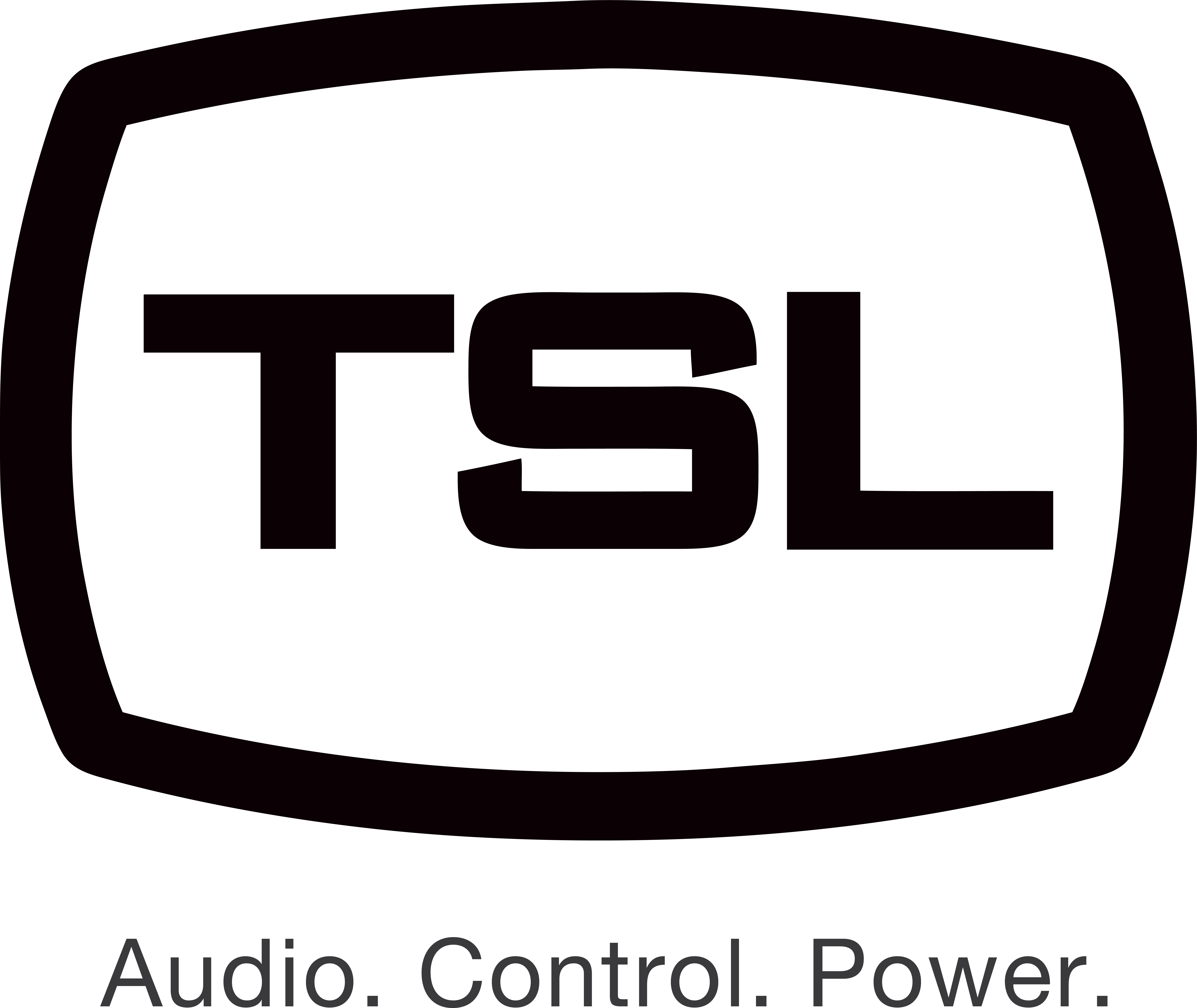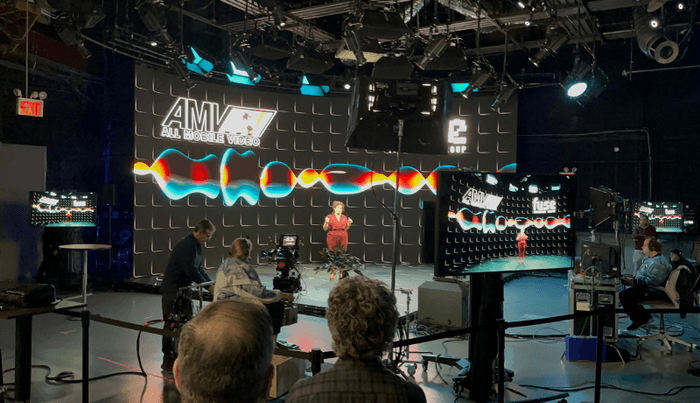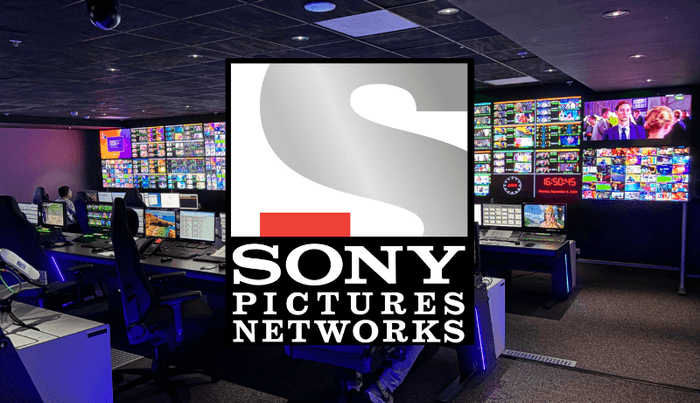Tier-1 Broadcast Network Deploys TSL Hummingbird ‘Anything-to-Anything’
A Leading National American Broadcast Network uses TSL Hummingbird’s Anything-to-Anything application to route video server control between their Sony XVS mixers and Evertz Dreamcatcher video servers. At the software level, the system is comprised of several input and emulator protocols and a separate number of output and controller protocols. Each production control room (PCR) has…
Read MoreTSL Powers Game Creek Video’s ‘Flagship’—a Generational Leap in OB design
Built for ESPN’s UHD HDR coverage and designed with Super Bowl LXI in mind, Flagship is a fully ST 2110-native production system that sets a new benchmark for IP-based OB workflows. To support this groundbreaking build, Game Creek Video selected TSL’s trusted solutions:• MPA1-MIX-DANTE units for operator-level audio mix control• PAM1 and PAM2-IP units for centralised audio QC• Intelligent rackmount PDUs for reliable,…
Read MoreNEP Middle East OB Truck Deploys MPA1-MIX Audio Monitoring Units
NEP Middle East deployed TSL MPA1-MIX Audio Monitoring Units into their state-of-the-art IP-Native OB Trucks covering live productions such as UFC Saudi Arabia. Read the full story in Broadcast Pro Middle East – June 2025.
Read MoreConnect and Produce Anywhere – Phase II
For IBC24, the “Connect and Produce Anywhere – Phase II” (CAPA II) Accelerator Programme provided the perfect platform to explore how interoperability can transform live production. Broadcasting live events on a shoestring budget with poor connectivity used to be near-impossible. CAPA II changes that. The key insight: interoperability and vendor-agnosticism are proving just as crucial as…
Read MoreFacility Control (Interoperability & Unified HMI)
The modern operator can be faced with a bewildering array of control surfaces, web pages, and graphical user interfaces to control even a simple, single-purpose facility. This can lead to delays and errors, affecting operations and output, and perhaps even causing a financial penalty or loss to customers. TSL Control, with its vast array of…
Read MoreVirtual Control Rooms Power Seamless Hybrid Broadcast at Chelsea Studios
The TSL control processor was used to monitor and control AMV’s on-prem equipment and their Grass Valley AMPP-based capabilities, bridging the gap between virtual media processing and fixed studio resources. This allowed TSL Control to provide comprehensive broadcast control for the event, without the need for a traditional control room.
Read More2110 Routing Orchestration
TSL provides a scalable and cost-effective control layer that simplifies IP routing, reduces training overhead, extends the life of legacy systems, and accelerates adoption of ST 2110 without operational disruption.
Read MoreDocklands Data Centre Manages Multi-Vendor Environment for Multi-Tenant Clients
Customer Name Docklands Data Centre Ltd Industry Colocation Location London, UK Company Size 10 staff Challenge Multi-vendor equipment Multiple management systems Multi-tenant environment Solution Real-time rack-power monitoring Colo-client self-service reporting Branded web-based portal Results Improved billing accuracy Dramatically simplified system management Enhanced client satisfaction Challenge Tutis Point is the flagship data centre of Docklands Data…
Read MoreSubtitle Routing Automation & Tier-4 Rated Data Centre Power for Sony Pictures Networks India
TSL delivered an innovative project to automate subtitle routing in a complex IP-based environment for Sony Pictures Networks India (‘Sony PNI’) as part of the modernisation of its playout operations at its new facility in Mumbai, alongside deployment of TSL’s intelligent, managed PDUs to help achieve Tier 4 certification. Subtitle Routing Automation The automation project…
Read MoreMajor Sports League Controls Live Ad Breaks with Real-Time SCTE Triggering
A Major North American Sports League needed a solution to guarantee their broadcasts did not go to an ad break when the action was still happening, and also to ensure roll-to-break accurately occurred during time-out or during intermission with appropriate durations. They decided to deploy TSL control panels (USP) and TSL SCTE applications in every arena, with an operator able to decide when to trigger ad breaks. Downstream, playout channels receive the embedded SCTE signal and take actions based on what the person at the arena is seeing and inserting into the live feed. The result is a system that keeps operators informed of events as they happen and gives them the ability to overcome issues more efficiently in real-time, as well as retrospectively review them.
Read More








